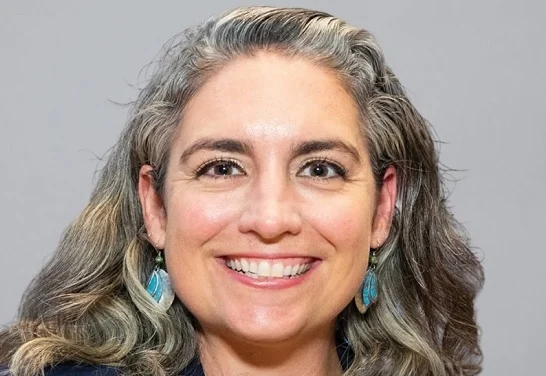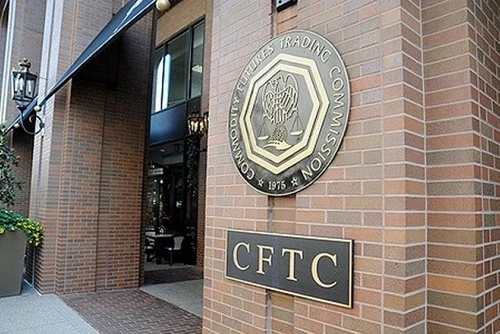ANALYSIS: Investors look to hedge funds for 'heroic diversifiers' - bfinance
21st August, 2024|Luke Jeffs

Toby Goodworth, a managing director and head of liquid markets at bfinance, said the investment advisor’s clients are increasing their use of what he calls heroic diversifiers, that is, stocks that perform relatively well in falling markets
Investors such as wealth managers are increasing their allocations to hedge funds to protect themselves from bearish markets such as the collapse of global indices at the start of this month, an investment expert has said.
Toby Goodworth, a managing director and head of liquid markets at bfinance, said the investment advisor’s clients are increasing their use of what he calls heroic diversifiers, that is, stocks that perform relatively well in falling markets.
He said: “Heroic diversifiers have a materially convex return profile, which won’t be evident most of the time when they look like they are not doing much and may even be costing a little bit due to cost of carry of these strategies. But then the nasty market environment happens and they really come in to bat for you, producing strong positive returns when they are needed most.”
Goodworth said these stocks are “challenging to hold” because they tend to underperform in bull markets but they come to the fore when the benchmarks start falling.
The bfinance MD said his team has published a paper on all-weather tail protection hedge funds that incorporate volatility focused protection, and trend-following strategies such as CTAs, systematic macro and, to a lesser extent, global macro. These convex profiles can be beneficial in grind-down markets, Goodworth said.
He continued: “The other area where we’re seeing diversification opportunities is the gap-down market. During COVID, it was only explicitly long-volatility strategies that did well. It happened so fast there was very little time to look for alternative strategies (or even for implicitly long volatility strategies like CTAs to react), rather you had to have your protections in play already to be able to profit from that.”
And Goodworth thinks heroic diversifiers will assume a more prominent role in the short-term because the traditional equity-bond hedge is unlikely to prove as effective as it has done in previous years.
“If you look at where we are in the economic cycle, pretty much everyone is expecting a positive equity-bond correlation in which case bonds are not going to diversify equities so people are recognising the equity-bond correlation is not going to save them as much as it has done historically."
Goodworth continued: “Equity-bond diversification will certainly have its time again, but presently it is not so useful. As such, investors are looking elsewhere and the only place they can look is liquid alternatives which is why we have seen a big uptick in interest in hedge funds globally around this theme of defensive diversification.”
CTAs and trend-followers are an established alternative investment strategy which together account for about a tenth of all hedge fund assets, according to Goodworth who added that the volatility arbitrage, tail protection strategies are more niche.
He continued: “Most institutional investors chose to get their tail protection through risk overlays, so instead of buying a fund that gives you this convex protection, they will ask managers to run a partially funded /risk overlay that will sit on top of their portfolio.
“If you are a multi-billion dollar single pool of capital asset owner set up with separately-managed accounts for example, there is no problem in accessing heroic diversifiers via capital efficient overlays. But if you are a wealth manager with a fragmented asset base, you can’t easily run a single overlay on your portfolios so these pooled tail protection funds fill a nice gap.”
Declan Quilligan, head of hedge fund services at Citco Fund Services (Ireland), said last month: “Funds enjoyed a prolonged period of net inflows prior to 2022, and we have now seen a return to that environment as investors look for options amid an expected switch in economic policy later this year.”


